|
Tea party, tea and consent, Russell’s teapot...Yes, I love to drink tea, but I also find it intriguing how tea has been used as a symbol in so many ways socially, politically and so on. It's wild that this piece of common crockery has such a history worldwide it can be used like that. I recently discovered a way it was leveraged on the border of philosophy and religion. During a session of sending memes back and forth with a friend I found one of a teapot in space with the name Bertrand Russell on it. Loving tea and being a scifi fan I thought the image was fun, but I realized there was something more. I was surprised that I hadn’t come across this before. A Bit About Bertrand Russell Bertrand Russell was a British philosopher, mathematician, teacher and writer who lived from 1872-1970 (98!). His parents died when he was a baby and he was raised by his grandparents. His grandfather was a member of parliament. He saw both world wars, and their ends. A fierce advocate of humanism and freedom of speech, he was fined and imprisoned for some of his writings that criticized war and government. Yet, he went on to become a Nobel Prize winner for literature. He is known for many thought provoking quotes. Here are a few: “To fear love is to fear life, and those who fear life are already 3-parts dead.” “If there were in the world today any large number of people who desired their own happiness more than they desired the unhappiness of others, we could have paradise in a few years.” Russell's Teapot Russell was a prolific writer and speaker, but the cosmic teapot is one of his most well known concepts. The idea behind the analogy was that the burden of proof is on the claimant not the detractor. His argument went like this: “If I were to suggest that between the Earth and Mars there is a china teapot revolving about the sun in an elliptical orbit, nobody would be able to disprove my assertion provided I were careful to add that the teapot is too small to be revealed even by our most powerful telescopes. But if I were to go on to say that, since my assertion cannot be disproved, it is an intolerable presumption on the part of human reason to doubt it, I should rightly be thought to be talking nonsense. If, however, the existence of such a teapot were affirmed in ancient books, taught as the sacred truth every Sunday, and instilled into the minds of children at school, hesitation to believe in its existence would become a mark of eccentricity and entitle the doubter to the attentions of the psychiatrist in an enlightened age or of the Inquisitor in an earlier time.” This analogy, which has been called the cosmic teapot, the celestial teapot, Russel’s teapot, and Bertram’s teapot, became famous and associated with atheism. However, Russell himself felt that even his assertions should be questioned stating:
“The rational man will not be so sure that he’s right. We ought always to entertain our opinions with some measure of doubt. I shouldn’t wish people to dogmatically believe any philosophy, not even mine.” I know enough to know that I don’t know everything. One thing I do know is that I adore tea, the taste of it, how we gather together to share it and how it continues to inspire discourse. This is not a sponsored post “The sequestered situation of this church seems always to have made it a favorite haunt of troubled spirits. It stands on a knoll, surrounded by locust, trees and lofty elms, from among which its decent, whitewashed walls shine modestly forth, like Christian purity beaming through the shades of retirement.” - "The Legend of Sleepy Hollow", Washington Irving I finally got back to the Hollow this week during daylight to walk the historic grounds of the Sleepy Hollow Cemetery and the The Old Dutch Church, the oldest in the country (estimated at 1685). A beautiful site with gently rolling hills, loads of foliage, and varying styles of stone work, this place is both a living work of art and of history. Washington Irving, the author of “The Legend of Sleepy Hollow” is buried here. I thought he’d have one of the house-like mausoleums in the cemetery considering how well he was known even in his own time. He was a lawyer, historian and diplomat on top of being a creative writer. Not bad for never going to college and being the 11th child of a sizable family. Not resting in a mausoleum, Irving’s modest tombstone is in his family plot at the cemetery. “The immediate cause, however, of the prevalence of supernatural stories in these parts, was doubtless owing to the vicinity of Sleepy Hollow. There was a contagion in the very air that blew from that haunted region; it breathed forth an atmosphere of dreams and fancies infecting all the land.” This is the 200th anniversary of the publication of the tale of the creepy headless ghost that would haunt the dirt roadways of the town at night. The story was published as part of a compilation called The Sketch Book of Geoffrey Crayon, Gent. in March 1820. This is such a classic spooky tale that has not only survived as a Halloween staple it has inspired TV shows and multiple movies like Tim Burton’s version in 1999. The town is definitely developed, but historic sites like the Sleepy Hollow Cemetery and the Old Dutch Church seem frozen in time. I went on a beautifully overcast day that was not too hot nor too cold, just Goldilocks perfect, and quiet for Halloween season. I even found the Van Tassel plot by pure chance - the family whose daughter Katrina plays such a part in the story. “It was, as I have said, a fine autumnal day; the sky was clear and serene, and nature wore that rich and golden livery which we always associate with the idea of abundance.” Tea in America in the Early 19th Century |
AuthorCassandra Vincent CategoriesAll Classic Tea Flavored And Funky For Love Of Tea Herbs Infusions Lifestyle And Health Matcha Meditative And ASMR Sessions Recipes And Uses Specialty Tea Brands Spices Tea Accessories Tea Adjacent Tea And... Tea And A Laugh Tea And Art Tea And Holidays Tea And Music Series Tea And TV Tea Around The World Tea Cocktails Tea Events Tea In Film Tea In History Tea Innovations Tea Pros Tea Shops/Shops With Tea Tea Types Teaware |

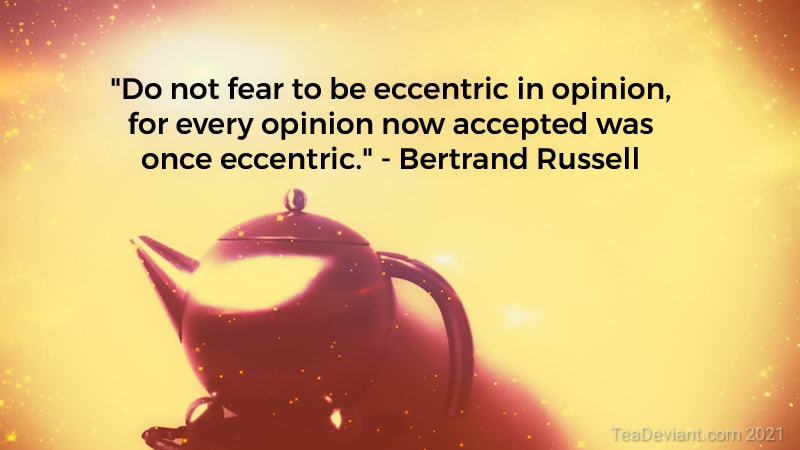
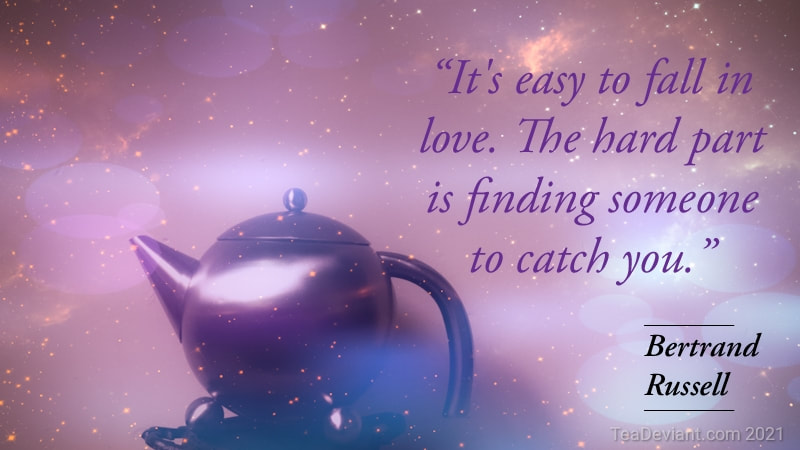
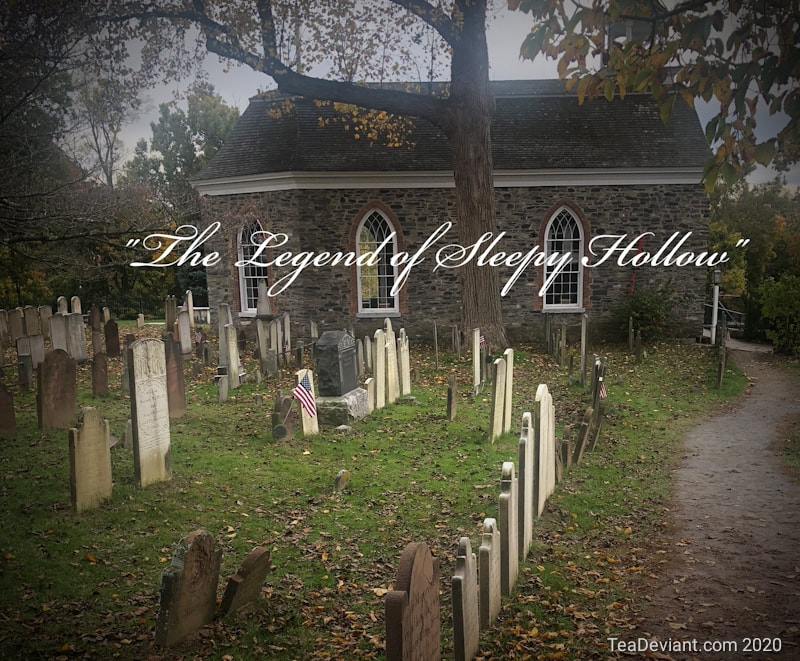
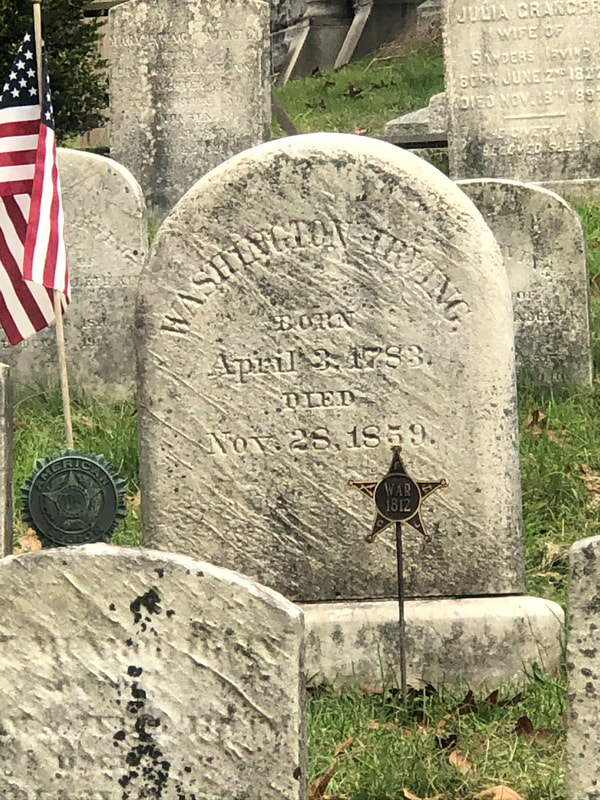

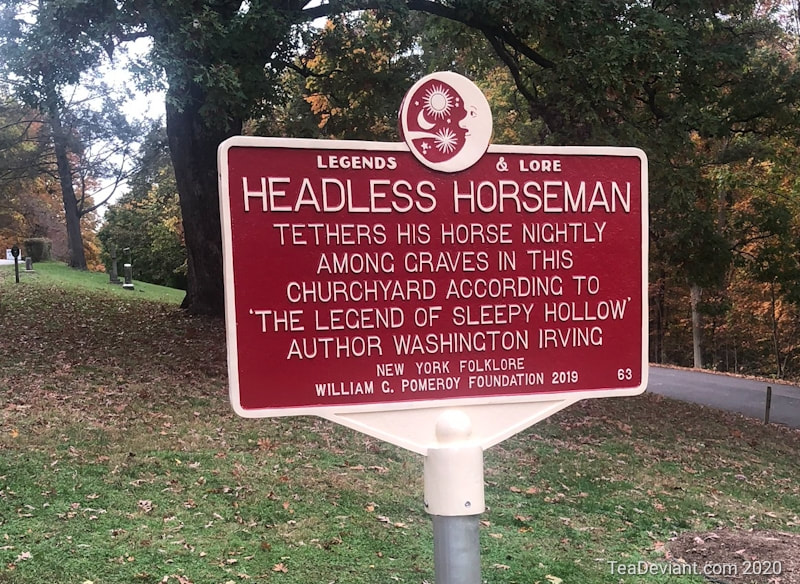
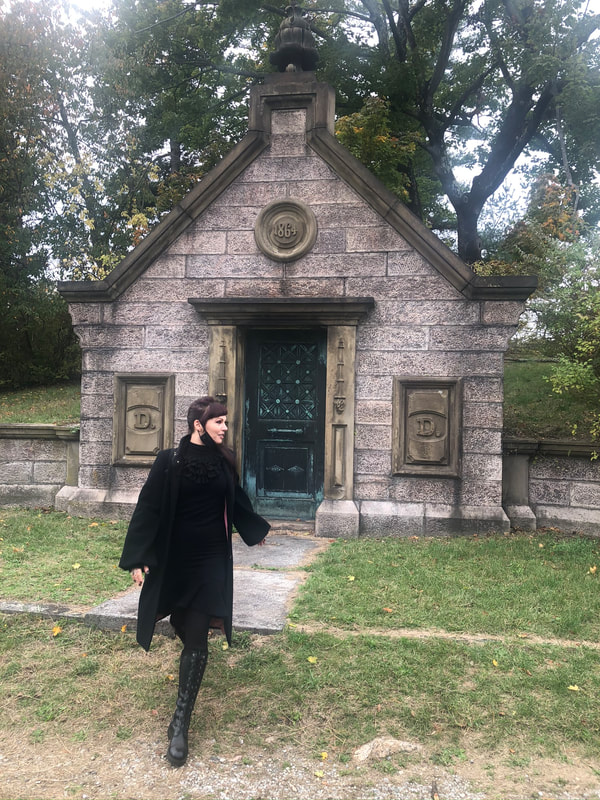
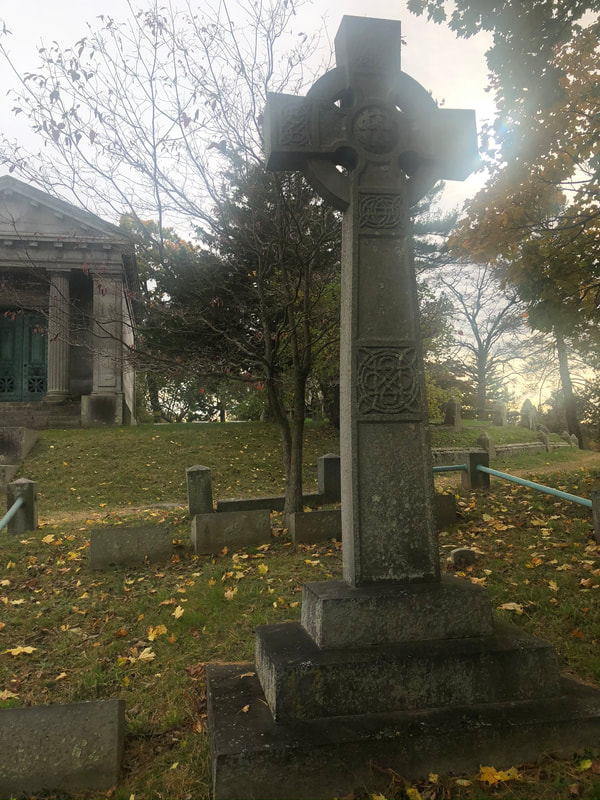

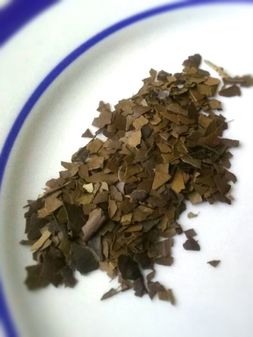
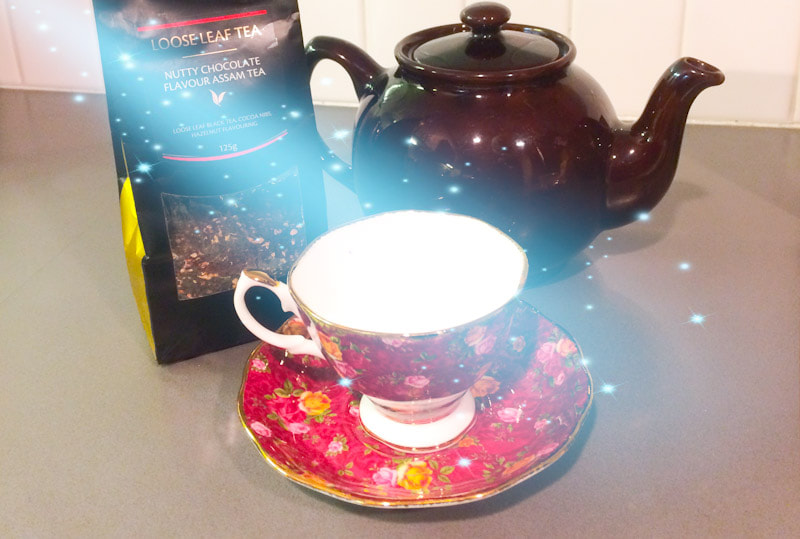
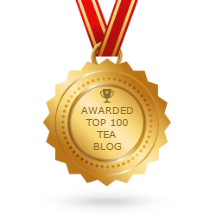
 RSS Feed
RSS Feed